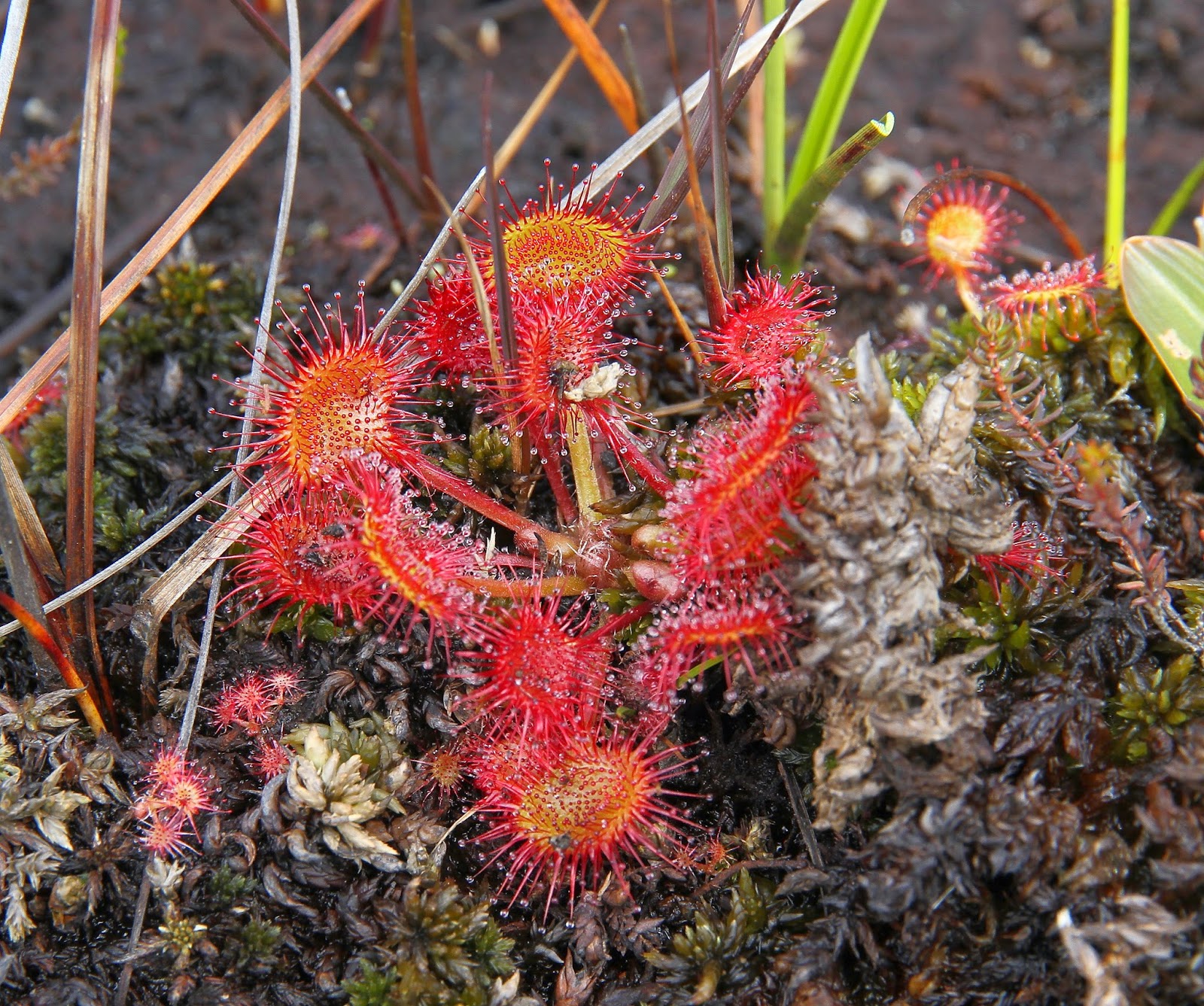Having tried 2 different sites the previous day without success, I was out looking for Scarce Blue-tailed Damselfly again at another site, as this was the only Dorset breeding species that I hadn't seen in the county. Given this is an apparently rare species in Dorset, I think it is best to withhold the name of this site. Fortunately, this site was different as I had heard that they had been seen at this site this year. However, I still didn't have any detailed directions. But I got lucky & after about 30 minutes of looking, I spotted one. It was useful that I had seen the Scarce Blue-tails in the New Forest earlier in the year, as I had a better idea of their habitat & habits. Unlike Blue-tailed Damselflies, they seem to be more reluctant to fly & are weaker fliers. Perhaps this is has contributed to their relative scarcity compared to the Blue-tailed Damselflies, which might be able to expand & find new locations in good years.
Scarce Blue-tailed Damselfly: Male. Note, the turquoise blue is on segment 9 & the tail end of segment 8. This compares with Blue-tailed Damselfly which has the turquoise blue restricted to segment 8
Scarce Blue-tailed Damselfly: Male. Note, the bicoloured pterostigma of the males is short & fat compared to Blue-tailed Damselfly
I also saw a few Blue-tailed Damselflies, Black Darters and Keeled Skimmers here, but none were photographed today.
Blue-tailed Damselfly: Male. Note, the turquoise blue is restricted to segment 8. Poole Harbour (3 Aug 14)
Blue-tailed Damselfly: Male. Note, the long & thin bicoloured pterostigma, compared to Scarce Blue-tailed Damselfly. Poole Harbour (3 Aug 14)
Like other Dorset bogs there were also good numbers of Round-leaved Sundews.
Round-leaved Sundew





